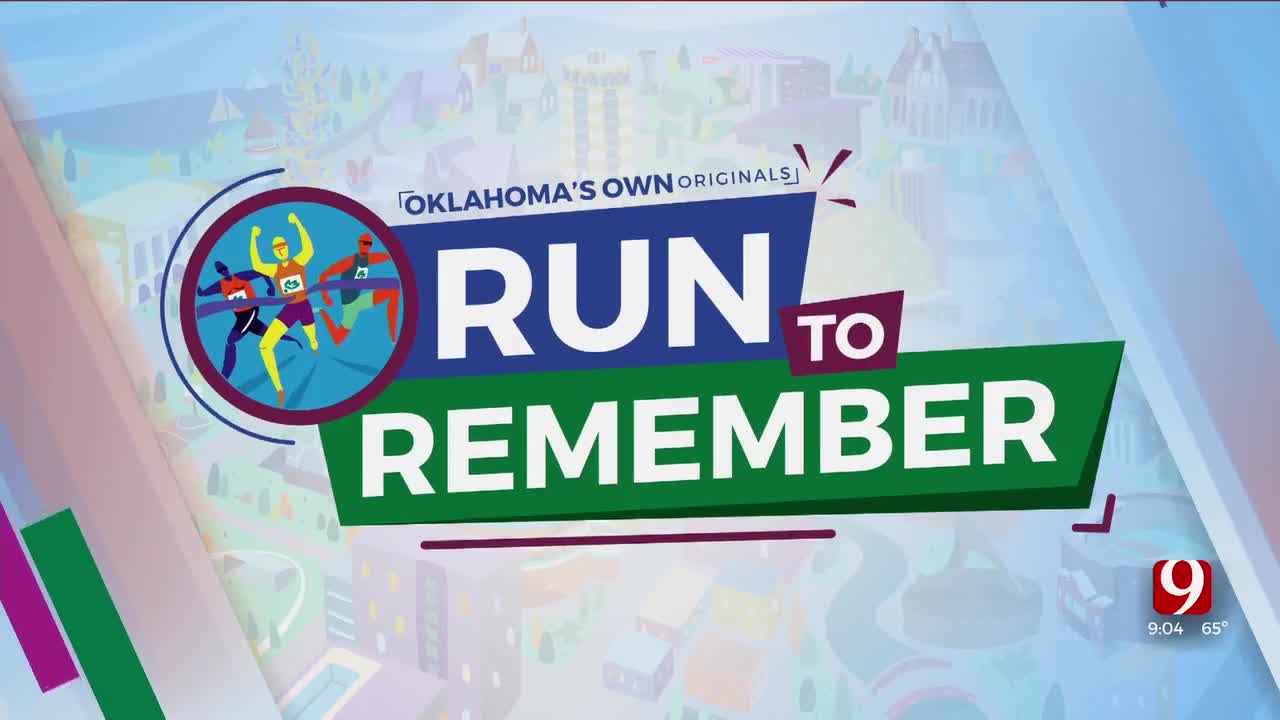- Fri. Apr 26th, 2024
Latest Post
Get Ready to Run: Oklahoma City Memorial Marathon Expo and Packet Pick-Up Offers Inspiration and Knowledge for Healthy Living.
The Oklahoma City Memorial Marathon races are just around the corner, and before they begin, participants and guests are encouraged to visit the Health and Fitness Expo at the Oklahoma…
Spinnova Establishes New Performance-Based Share Bonus System for Key Personnel; Exploring a Diverse Range of Topics on the Web”.
A new performance-based share bonus system has been established by fiber company Spinnova’s board for key personnel in the group. The target group consists of approximately 22 individuals, and the…
Race Against Time: Yohan Coleman’s Quest to Break Usain Bolt’s Record
In August 2009, Usain Bolt set a new world record while competing at the World Championships in Berlin. A year earlier, he had already broken the record with a time…
Xiaomi 14 Series Launches with Cutting-Edge Tech and Leica Collaboration: Unveiling the Xiaomi Smart Band 8 Pro, Xiaomi Watch S3, and Xiaomi Watch 2
During an event in Santiago de Chile, Xiaomi launched its long-awaited Xiaomi 14 series. The brand announced the release of new smartphones, including the Xiaomi Smart Band 8 Pro, Xiaomi…
The Dangers of Buying Autographs from Inattentive Athletes: A Massachusetts Collector’s Painful Lesson
A Massachusetts sports memorabilia collector, Glenn Gagnon, is facing a disappointing situation with some of his most prized New England Patriots items. Gagnon claims that Tom Brady’s sloppy autographs have…
Finnish Brewing Industry Faces Significant Investment Challenges due to European Union’s Packaging Waste Regulation
The European Union’s packaging waste regulation, if implemented as agreed upon, is expected to result in significant investment requirements for the Finnish brewing industry. The regulation, which was seen as…
Thriving Through Challenges: Valmet Automotive’s Battery Business Surges despite Downturn in Car Market and Strikes
Valmet Automotive’s battery business is thriving despite the challenges faced by the Uusikaupunki car factory due to the downturn in the car market and strikes. According to new CEO Pasi…
NFL Changes Stance on Guardian Cap, Allows Players to Wear during Practice Sessions
The NFL has recently changed its stance on the Guardian Cap, allowing players to wear them during practice sessions. This marks a significant shift in policy by the league, as…
Boy Kills World”: A Behind-the-Scenes Look at the Film’s Meta-Critical Approach to Action and Cinematography
The action scenes in “Boy Kills World” are intense, featuring swift camera movements that capture the chaos and violence. Limbs break and bodies fly through the air as blood is…
Excitement Builds as Tulsa World Announces Finalists for All-World Awards
The Tulsa World is once again honoring the top high school athletes in the Tulsa area with its annual All-World Awards. This week, finalists for winter sports will be announced,…



:quality(75)/cloudfront-us-east-1.images.arcpublishing.com/elcomercio/BGXRAXQVWREY7E7QBU56XVITQM.png)
